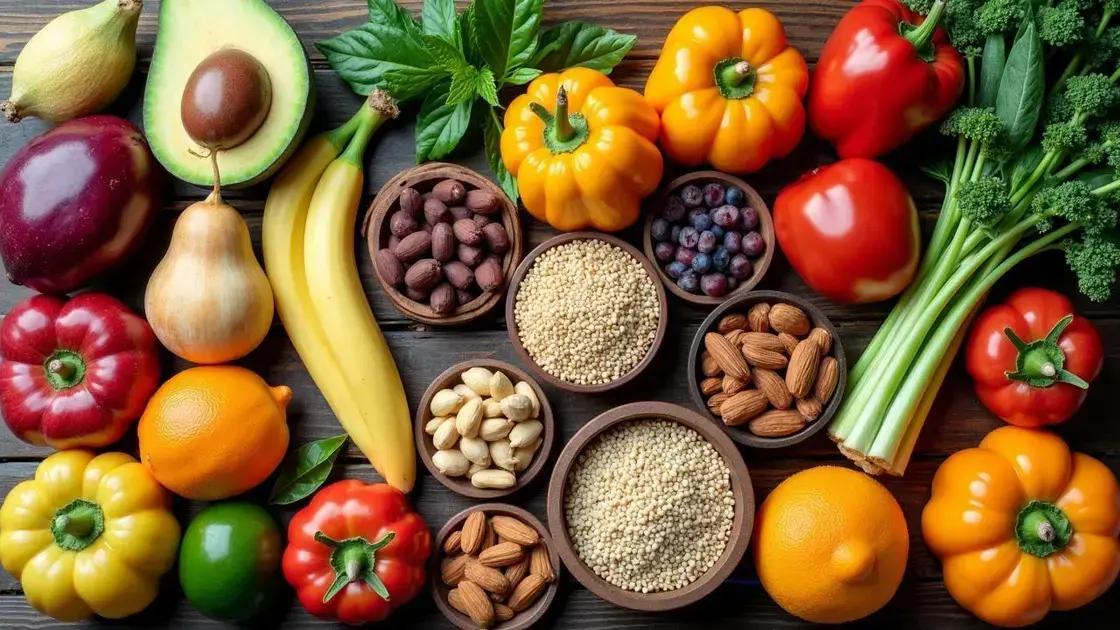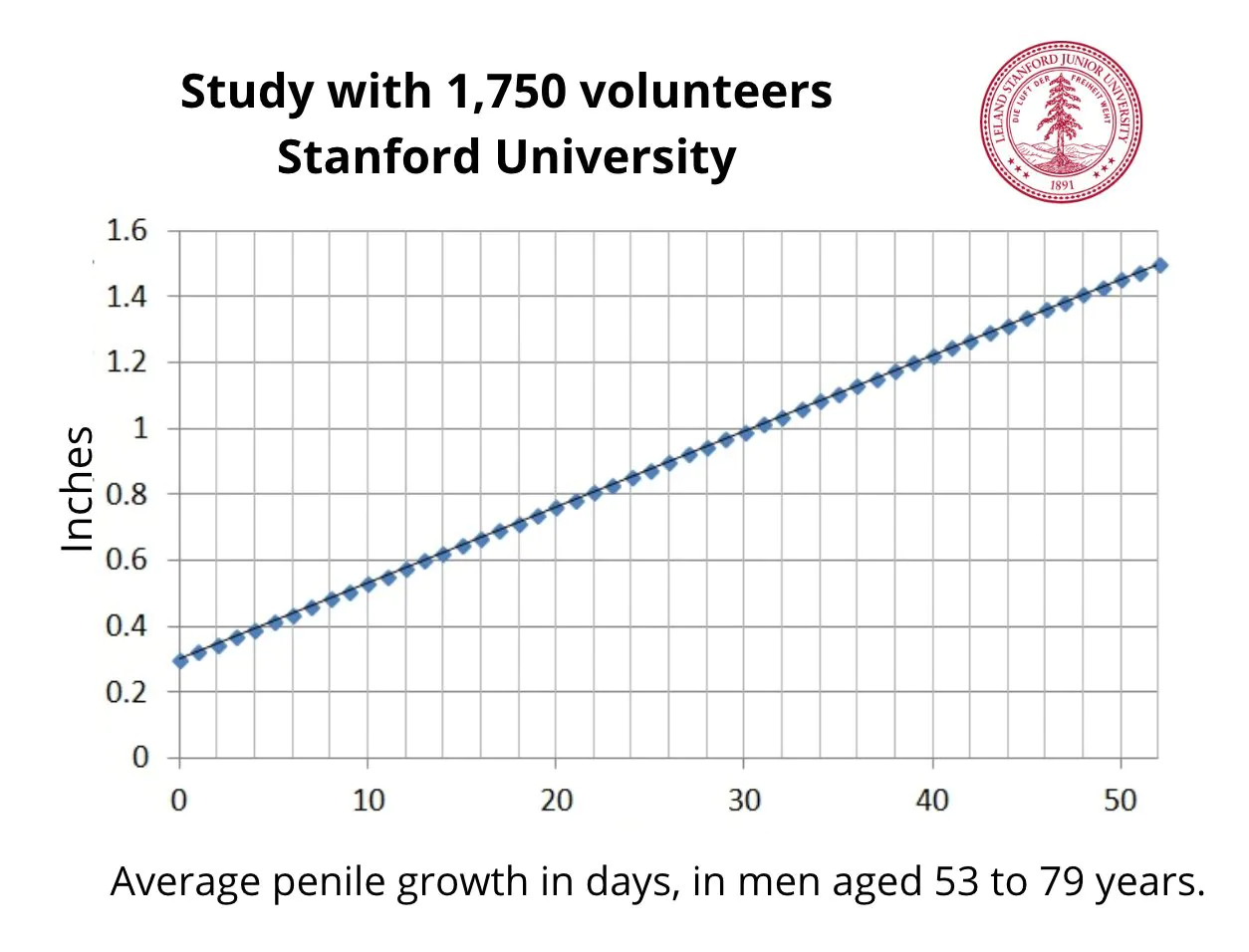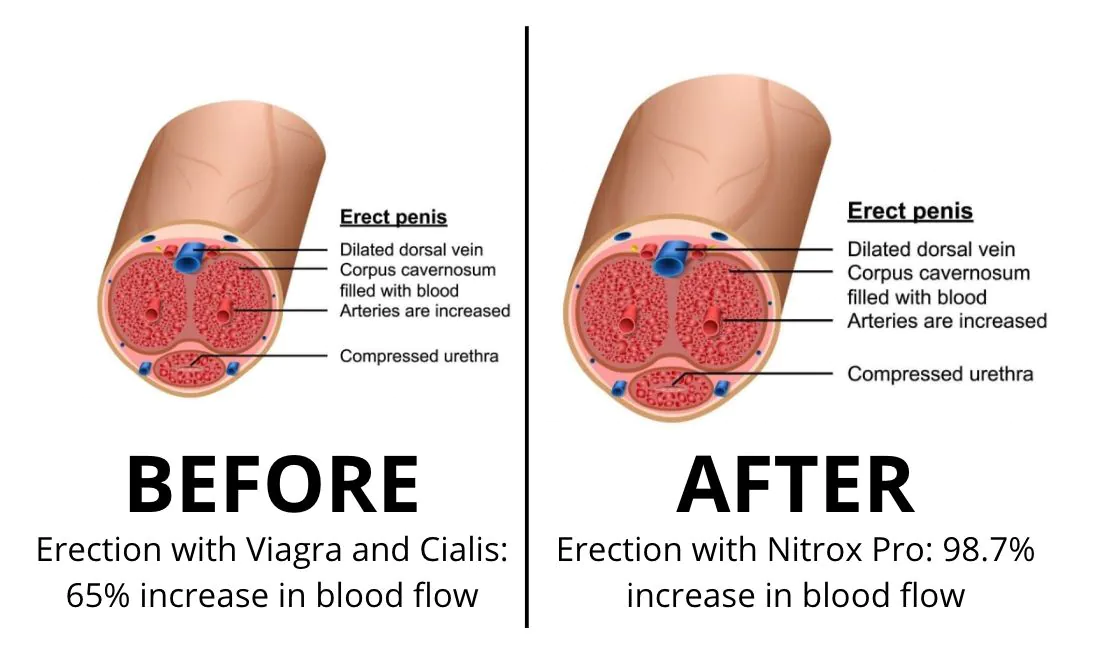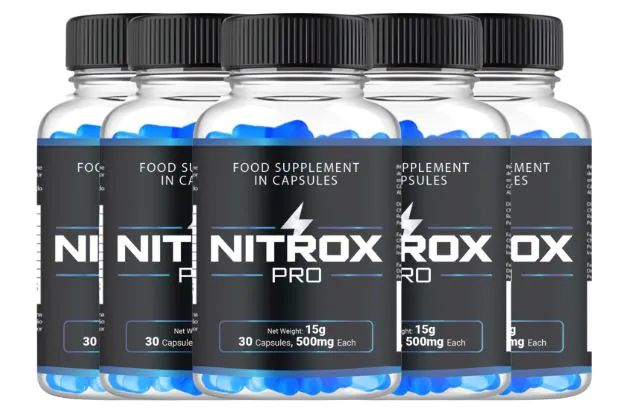To avoid processed foods and choose whole alternatives, focus on incorporating fresh fruits, vegetables, whole grains, and natural proteins into your diet. Read labels carefully, prepare meals at home, and plan your meals to simplify the transition to a healthier lifestyle.
In a world filled with processed foods, learning how to avoid processed foods and choose whole alternatives is crucial for our health. Whole foods are packed with nutrients and can transform your meals. In this article, we’ll delve into the differences between processed and whole foods, explore their health benefits, and provide practical tips for making healthier choices. Join us as we uncover how easy it can be to switch to a diet rich in whole foods!
Understanding Processed Foods

Processed foods are often defined as foods that have been altered from their natural state through various methods, such as freezing, canning, or adding preservatives. These foods are usually convenient and have a longer shelf life, which makes them popular among consumers. However, understanding processed foods is essential to making healthier choices.
Types of Processed Foods
Processed foods can be categorized into different types, including:
- Minimally processed foods: These include items like washed and cut fruits and vegetables, or roasted nuts. They retain most of their natural nutrients.
- Processed culinary ingredients: These are substances obtained from natural foods, such as oils and sugars, often used for cooking.
- Processed foods: Foods like bread, cheese, and canned vegetables that have undergone more significant processing and often contain added ingredients.
- Ultraprocessed foods: This includes snacks, sugary drinks, and ready-to-eat meals that contain numerous artificial ingredients and little if any, whole foods.
Why Avoid Processed Foods?
While some processed foods can be part of a balanced diet, many ultraprocessed options are linked to negative health effects, such as obesity, heart disease, and diabetes. They often contain high levels of sugar, sodium, and unhealthy fats, which can lead to various health issues. It’s important to read labels and be aware of what’s in your food.
How to Identify Processed Foods
When shopping, look for foods with fewer ingredients and those that are recognizable as whole foods. If the ingredient list includes substances that you wouldn’t find in your kitchen, it’s likely processed. By choosing items that are more natural, you can make better dietary decisions.
Ultimately, being informed about processed foods empowers you to make healthier choices and prioritize whole alternatives in your daily meals.
Health Benefits of Whole Foods

Whole foods have many health benefits that can significantly improve your overall well-being. These foods are closest to their natural state and contain essential nutrients that are often lost during processing. Eating whole foods enables your body to function optimally.
Nutrient-Rich
Whole foods are packed with vitamins, minerals, and antioxidants that help support various bodily functions. For example, fruits and vegetables are high in vitamins C and A, which boost your immune system and promote healthy skin.
Improved Digestion
Whole foods are generally higher in fiber, which is essential for good digestion. Foods like whole grains, beans, and fresh fruits help regulate bowel movements and keep your digestive system healthy. A fiber-rich diet can also help prevent constipation and reduce the risk of developing digestive disorders.
Weight Management
Incorporating whole foods into your diet can help with weight management. These foods tend to be lower in calories and higher in nutrients than processed options. Eating whole foods can help you feel full longer, reducing the urge to snack on unhealthy items.
Heart Health
Consuming whole foods can lead to better heart health. Whole grains, nuts, and seeds contain healthy fats that may help lower cholesterol levels. Additionally, fruits and vegetables can reduce inflammation and improve blood circulation.
By choosing whole foods, you are providing your body with the nutrients it needs to thrive. The benefits of incorporating more whole foods into your daily meals are clear and can help maintain a healthier lifestyle.
Tips for Choosing Whole Alternatives

Choosing whole alternatives instead of processed foods is a valuable step toward better health. Here are some tips for making the switch:
1. Read Labels Carefully
Always check the ingredient list. Aim for products with few ingredients, ideally ones that are recognizable and natural. If you see additives or preservatives, it might be a processed food.
2. Opt for Fresh Produce
Whenever possible, choose fresh fruits and vegetables. They are high in nutrients and flavor. Consider visiting local farmers’ markets for the freshest options.
3. Select Whole Grains
Instead of white bread, rice, or pasta, choose whole grain versions. Foods like brown rice, whole wheat bread, and quinoa provide more fiber and nutrients.
4. Choose Natural Proteins
For protein sources, opt for whole foods like lean meats, fish, eggs, legumes, and nuts. These options are less processed and offer essential nutrients without added chemicals.
5. Limit Sugary Foods and Drinks
Sugary snacks and beverages are often processed and high in calories. Opt for whole food snacks such as fruits, yogurt, or homemade treats using natural sweeteners.
Implementing these tips in your shopping and eating habits can help you make healthier choices and enjoy a more nutritious diet filled with whole foods and fewer processed options.
Preparing Whole Foods at Home

Preparing whole foods at home can be a fun and rewarding experience. Here are some tips to help you get started with cooking whole foods:
1. Plan Your Meals
Before you cook, create a meal plan for the week. Consider what whole foods you want to include, like grains, veggies, and proteins. Planning ahead can help reduce waste and save time.
2. Stock Up on Essentials
Fill your pantry with whole foods. Items like brown rice, quinoa, lentils, and canned tomatoes can serve as great bases for many dishes. Fresh fruits and vegetables should always be on hand for snacking and sides.
3. Use Simple Cooking Techniques
Basic cooking methods, like steaming, roasting, and boiling, can enhance the natural flavors of whole foods. Try steaming vegetables to maintain their nutrients. Roasting brings out sweetness in carrots and bell peppers.
4. Get Creative with Seasoning
Using herbs and spices is a great way to add flavor without extra calories or additives. Fresh herbs like basil, parsley, or cilantro can brighten up your meals. Explore different spices, such as cumin or paprika, to discover new tastes.
5. Prepare in Batches
Cooking in larger quantities can save time. Make enough for a few meals so you have healthy options on hand throughout the week. Consider making soups, stews, or casseroles that store well.
6. Enjoy the Process
Cooking whole foods should be enjoyable. Try new recipes or involve family and friends. Making meals together can turn cooking into a fun activity. Remember to appreciate the flavors and nutrition that whole foods provide.
Embracing Whole Foods for Better Health
Incorporating whole foods into your diet can significantly enhance your overall health and well-being. By understanding the differences between processed and whole foods, you can make informed choices that benefit your body.
Utilizing tips for choosing whole alternatives and preparing meals at home can help you transition to a more nutritious lifestyle. With simple meal planning, creative cooking techniques, and a commitment to enjoying wholesome ingredients, you can cultivate healthier eating habits.
Ultimately, the shift towards whole foods not only nourishes your body but also empowers you to take control of your health journey.
FAQ – Frequently Asked Questions about Avoiding Processed Foods and Choosing Whole Alternatives
What are whole foods?
Whole foods are natural and unprocessed foods that include fruits, vegetables, whole grains, nuts, and seeds. They provide essential nutrients and are generally healthier.
Why should I avoid processed foods?
Processed foods often contain added sugars, unhealthy fats, and preservatives that can negatively impact your health, leading to weight gain and various diseases.
How can I identify processed foods when shopping?
Look for ingredient lists that are short and simple. If you see additives or ingredients you don’t recognize, it’s likely a processed food.
What are some health benefits of whole foods?
Whole foods are high in vitamins, minerals, and fiber. They can improve digestion, support weight management, and promote heart health.
What are some tips for preparing whole foods at home?
Plan your meals, use simple cooking techniques, utilize fresh herbs for seasoning, and prepare in batches to make cooking easier and more enjoyable.
How can I make the switch to whole foods easier?
Start by incorporating a few whole food alternatives into your meals each week, gradually replacing processed options. Meal planning can also help.












